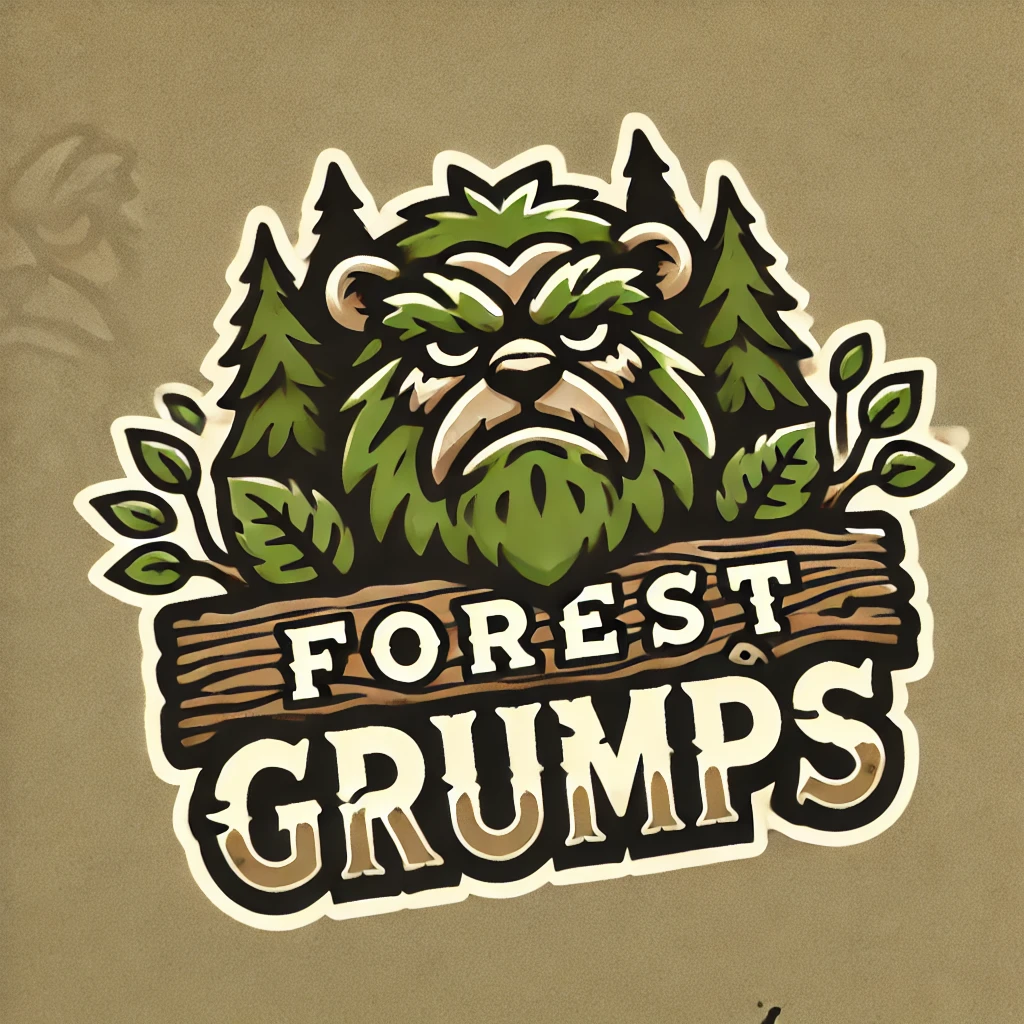It’s a common observation: kiln-dried logs seem to burn faster than expected. You’ve loaded up the wood stove or fireplace with these perfectly dried logs, only to find yourself feeding the fire more often than you’d like. So, why do kiln-dried logs burn too quickly, and what can you do about it?
The simple answer is that kiln-dried logs have lower moisture content and are more combustible, leading to a faster burn. However, there’s more to the story, and understanding it can help you get the most out of your kiln-dried firewood.
Why Kiln-Dried Logs Burn Quickly
1. Lower Moisture Content Means Higher Combustion Rate
Kiln-dried logs are dried to a moisture content of around 6-10%, much lower than the 20-30% typically found in seasoned firewood. This low moisture level means:
- Less Energy is Wasted on Evaporating Water: When you burn wood with higher moisture, a significant amount of heat energy goes into evaporating that water. With kiln-dried wood, almost all the energy is converted to heat, making the fire burn hotter and faster.
- Quicker Ignition and Hotter Flames: Kiln-dried wood ignites quickly and burns more efficiently, which is great for getting a fire started but can lead to a quicker overall burn time.
2. More Efficient Combustion
Kiln-dried wood burns more completely and efficiently, which is good for heat output but can result in faster consumption:
- Higher BTU Output: Kiln-dried wood produces more heat (measured in British Thermal Units, or BTUs) per log, but this also means that the logs burn through their fuel faster.
- Cleaner Burn: The efficient burn reduces creosote buildup in chimneys and results in less smoke, but it also means there’s less unburned material left behind, like coals, to maintain the fire longer.
3. Type and Size of Logs Matter
The type of wood and the size of the logs can also affect burn time:
- Softwoods vs. Hardwoods: Softwoods like pine and spruce burn faster than hardwoods like oak, ash, or maple. Kiln-dried softwood logs will burn particularly quickly due to both their low moisture and softer cell structure.
- Small Logs Burn Faster: Smaller pieces of kiln-dried wood have more surface area relative to volume, leading to a faster burn. Larger logs or “rounds” will burn slower and provide more sustained heat.
How to Make Kiln-Dried Logs Burn Longer
While kiln-dried logs may burn quickly, there are ways to manage the burn rate and get the most out of your firewood. Here are some tips to help you control the burn:
1. Use a Mix of Wood Types
- Combine Hardwoods and Softwoods: For a longer-lasting fire, mix kiln-dried hardwoods like oak or hickory with softer, quick-igniting woods. The hardwoods will burn slower and provide longer-lasting heat.
- Seasoned Wood for Longevity: Mixing kiln-dried wood with seasoned (but not kiln-dried) wood can help slow the burn rate. The seasoned wood has a slightly higher moisture content, which can moderate the intense burn of kiln-dried wood.
2. Control the Air Supply
- Adjust the Damper: Reduce the airflow to the fire by adjusting the damper on your wood stove or fireplace. Less oxygen slows down the combustion process, making the logs burn longer.
- Close the Door or Air Vents Slightly: If using a wood stove, partially close the door or vents to reduce the amount of oxygen feeding the fire. Be careful not to close them too much, as this can lead to incomplete combustion and creosote buildup.
3. Use Larger Logs and Less Kindling
- Opt for Larger Kiln-Dried Logs: Larger logs take longer to burn through than smaller pieces. Choose thicker logs to ensure a slower burn.
- Reduce Kindling Once Fire is Established: Kindling and smaller pieces of wood help start the fire but also burn quickly. Once the fire is established, use larger logs to maintain a slower, more sustained burn.
4. Build an Efficient Fire Structure
- Top-Down Fire Method: Stack larger logs at the bottom, followed by smaller logs, and place kindling and fire starters on top. This method allows the fire to burn down slowly through the larger logs, providing a more controlled and extended burn.
- Layered or Log Cabin Style: Arrange logs in a crisscross or layered pattern to create a stable burn. This arrangement helps control airflow and burn time.
5. Insulate and Reflect Heat
- Fireplace Inserts and Wood Stoves: If you’re using an open fireplace, consider adding a wood stove or a fireplace insert. These are more efficient and allow you to control the burn rate better.
- Use Firebacks: A cast iron or steel fireback behind your fire can help reflect heat back into the room, making the most of the quicker, hotter burn from kiln-dried wood.
Conclusion: Managing the Burn of Kiln-Dried Wood
Kiln-dried wood burns quickly because of its low moisture content and high combustibility. This makes it excellent for getting a hot fire started and maximizing heat output. However, to prevent burning through your logs too quickly, consider mixing wood types, controlling airflow, using larger logs, and optimizing your fire-building techniques. By doing so, you can enjoy the benefits of kiln-dried wood—easy ignition, hotter fires, and less creosote—without constantly needing to add more logs to the fire.
